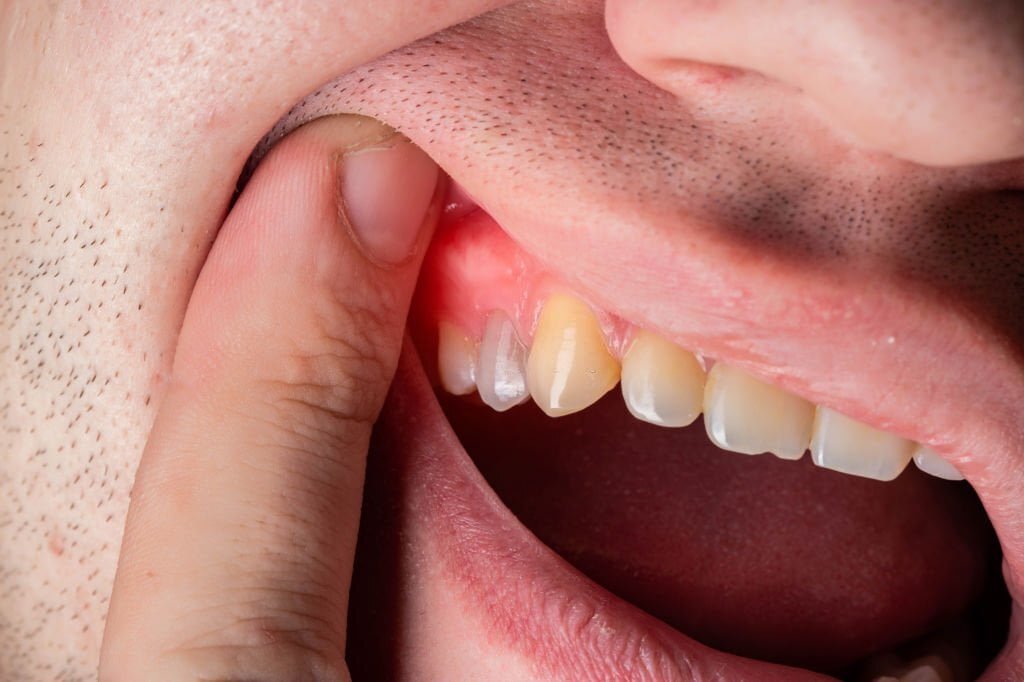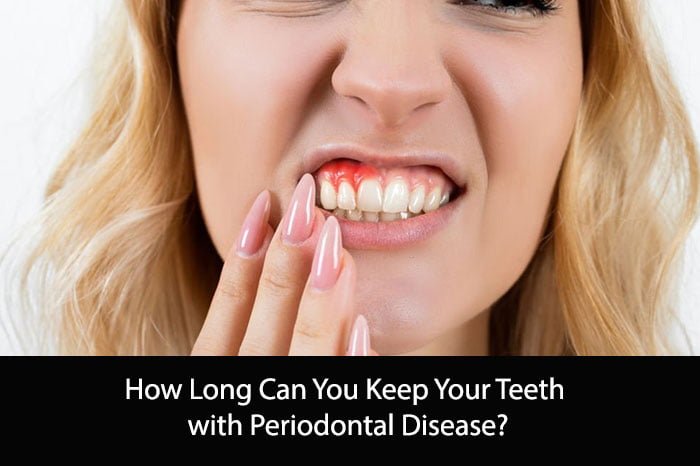Periodontal disease, also known as gum disease, is a prevalent oral health issue affecting more than half of the adult population in the United States. The condition ranges from mild inflammation of the gums (gingivitis) to more severe forms that damage the underlying bone and supportive tissues (periodontitis). If left untreated, periodontal disease can lead to tooth loss and other health complications. In this article, we will discuss how long you can keep your teeth with periodontal disease and various treatment options available to maintain good oral health.
Understanding Periodontal Disease
Periodontal disease is caused by a build-up of harmful bacteria in the form of plaque and tartar on the teeth and gums. This bacterial accumulation leads to inflammation and infection, which can progressively damage the gum tissues, supportive structures, and bone surrounding the teeth. It is essential to understand the different stages of periodontal disease to determine the appropriate treatment options and how long you can keep your teeth with this condition.
Gingivitis
The mildest and earliest stage of periodontal disease is gingivitis. It is characterized by red, swollen gums that bleed easily during brushing and flossing. Gingivitis is caused by plaque build-up and can be reversed with proper oral hygiene practices, including daily brushing, flossing, and regular dental cleanings.
Periodontitis
If gingivitis progresses without treatment, it can develop into periodontitis, a more severe form of gum disease. Periodontitis occurs when the infection spreads to the underlying bone and supportive tissues, leading to gum recession, deepening of periodontal pockets, and eventual tooth loss.

Symptoms of Gingivitis and Periodontitis
Recognizing the signs of gingivitis and periodontitis is crucial in determining the appropriate treatment methods and understanding how long you can keep your teeth with periodontal disease. Some common symptoms of these conditions include:
- Persistent bad breath
- Red, swollen, or tender gums
- Bleeding gums during brushing or flossing
- Painful chewing
- Tooth sensitivity
- Gum recession
- Shifting or loosening of teeth
- Formation of pus between teeth and gums
Risk Factors for Developing Periodontal Disease
Several factors can increase the likelihood of developing periodontal disease, including:
- Poor oral hygiene practices
- Smoking or tobacco use
- Diabetes
- Hormonal changes (e.g., pregnancy)
- Stress
- Poor nutrition
- Medications that cause dry mouth or gum swelling
- Teeth grinding (bruxism)
The Progression of Periodontal Disease
Periodontal disease is progressive, meaning it worsens over time if left untreated. The condition starts as gingivitis, with mild inflammation and bleeding of the gums. If not addressed, gingivitis can progress to periodontitis, leading to gum recession, deepening periodontal pockets, and damage to the underlying bone and supportive tissues. Eventually, advanced periodontitis can result in tooth loss, affecting individual teeth or the entire mouth.
Tooth Loss Statistics in Periodontal Disease
Studies have shown that not all patients with periodontal disease experience tooth loss. In a 1978 study of 600 people with periodontal disease, 50% of the participants did not lose any teeth, while the remaining experienced varying degrees of tooth loss. In a more recent 2003 study, approximately 50% of the 156 patients experienced tooth loss over a 12-year period.
These statistics indicate that with proper care and treatment, it is possible to maintain your teeth even with periodontal disease.
Non-surgical Treatments for Gum Disease
Non-surgical treatments are typically recommended for patients with mild to moderate gum disease. These treatments aim to remove plaque and bacteria, allowing the gums to heal and restore their health. Some non-surgical options include:
- Professional dental cleanings
- Scaling and root planing (deep cleaning)
- Antimicrobial or antibiotic medications
Surgical Treatments for Advanced Periodontitis
For patients with advanced periodontitis, surgical treatments may be necessary to address the damage caused by the infection and preserve the remaining teeth. Some surgical options include:
- Pocket reduction surgery (osseous surgery)
- Soft tissue grafts (gum grafts)
- Bone grafts or guided bone regeneration
- Dental implants for tooth replacement
Regenerative Treatments for Periodontal Disease
In cases of severe periodontal disease with significant bone loss, regenerative treatments may be required to restore the damaged structures and stabilize the teeth. Guided tissue or bone regeneration is an advanced technique that involves cleaning the affected areas and placing a bone graft, along with a tissue membrane between the gum and bone. This procedure promotes the growth of new bone and gum tissue, strengthening the dental structures and potentially saving teeth that would have otherwise been lost.
Preventing Periodontal Disease
The best way to prevent periodontal disease and maintain healthy teeth is through consistent oral hygiene practices and regular dental check-ups. Some tips for preventing gum disease include:
- Brushing your teeth twice daily with fluoride toothpaste
- Flossing daily to remove plaque and food debris between teeth
- Rinsing with an antiseptic mouthwash to control bacteria
- Eating a balanced diet with limited sugary and acidic foods
- Avoiding tobacco use
- Managing stress and addressing underlying health conditions
- Scheduling regular dental check-ups and cleanings

Conclusion
Understanding how long you can keep your teeth with periodontal disease is dependent on various factors, including the severity of the condition, the effectiveness of treatment, and adherence to proper oral hygiene practices. With early intervention and appropriate care, many patients can maintain their teeth despite having periodontal disease. It is essential to recognize the signs of gum disease, seek prompt treatment, and maintain a consistent oral hygiene routine to ensure the best possible outcome for your dental health.





